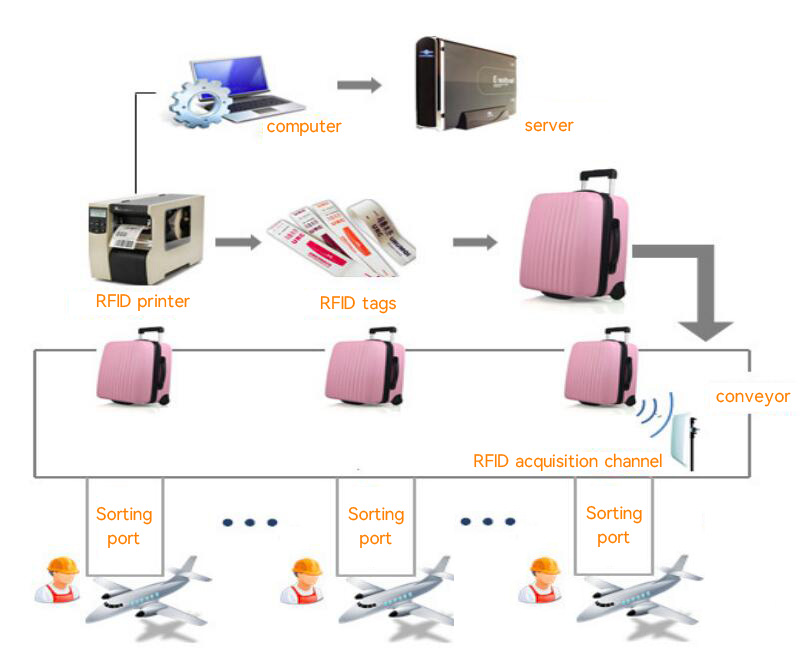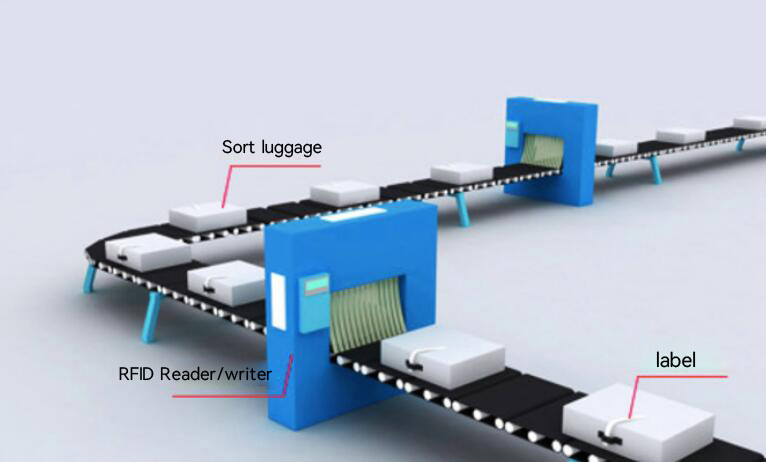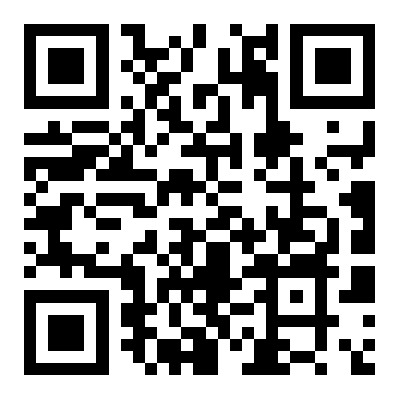- Power Solutions
- Airport Aviation Solutions
- Retail Solutions
- Logistics warehousing
- Medical Drug Solutions
URL:www.abesth.com
TEL:+852-6722 6094
Address:FLAT/RM 109 TOP JADE MANSION NO 608 CANTON ROAD KL

Background:
It is reported that International Air Transport Association (IATA) Resolution 753 will take effect in June 2018. This resolution requires airlines to track every piece of passengers' luggage throughout the entire process, in order to significantly reduce the number of baggage handling errors and transportation destination errors.
At the 2018 National Civil Aviation Work Conference, Feng Zhenglin, the Director of the Civil Aviation Administration, proposed in his work report that special rectification should be carried out for luggage transportation and loading and unloading, promoting the use of RFID luggage tracking system throughout the process, reducing luggage transportation errors and damages, shortening luggage retrieval time, and increasing the compensation limit for domestic luggage transportation.
To welcome the baggage tracking revolution in the aviation industry, Yunsheng IoT has developed an RFID baggage automatic sorting system based on RFID core technology.
Overview of the plan:
The RFID baggage automatic sorting system is to attach RFID electronic tags to the randomly checked luggage of each aircraft passenger, which record the passenger's personal information, departure port, arrival port, flight number, parking space, departure time, and other information; Electronic tag reading and writing devices are installed at various control nodes of luggage flow, such as sorting, loading, and baggage claim areas. When bags with labeled information pass through various nodes, the RFID reader will read and transmit this information to the database. Realize information sharing and monitoring of luggage throughout the entire transportation process. The system architecture diagram is as follows:

System process:
Passengers departing from the airport check in their luggage at the departure check-in counter. The staff completes the check-in registration based on the passenger's boarding pass and prints RFID luggage tags. The RFID luggage tags are installed on the luggage and placed on the luggage conveyor. The conveyor is equipped with an RFID collection channel. When the luggage passes through the RFID collection channel, its relevant information is collected and uploaded to the conveyor control system. The conveyor control system can correctly sort the luggage to the luggage compartment slot of the corresponding flight based on the obtained information. Finally, the porter will transfer the baggage of the corresponding flight to the luggage compartment, and go to the aircraft cargo compartment with the tractor.
 In addition, each RFID reader and writer can be connected to the server through the network, effectively recording, tracking, and monitoring the entire process from baggage check-in to passengers' hands, timely grasping the entire process, and dynamically managing it. Management personnel can fully rely on this statistical data and view the situation of each link to achieve targeted management, improving the overall informatization and intelligence of airport baggage check-in management.
In addition, each RFID reader and writer can be connected to the server through the network, effectively recording, tracking, and monitoring the entire process from baggage check-in to passengers' hands, timely grasping the entire process, and dynamically managing it. Management personnel can fully rely on this statistical data and view the situation of each link to achieve targeted management, improving the overall informatization and intelligence of airport baggage check-in management.
- Prev: Retail Solutions
- Next: Power Solutions






